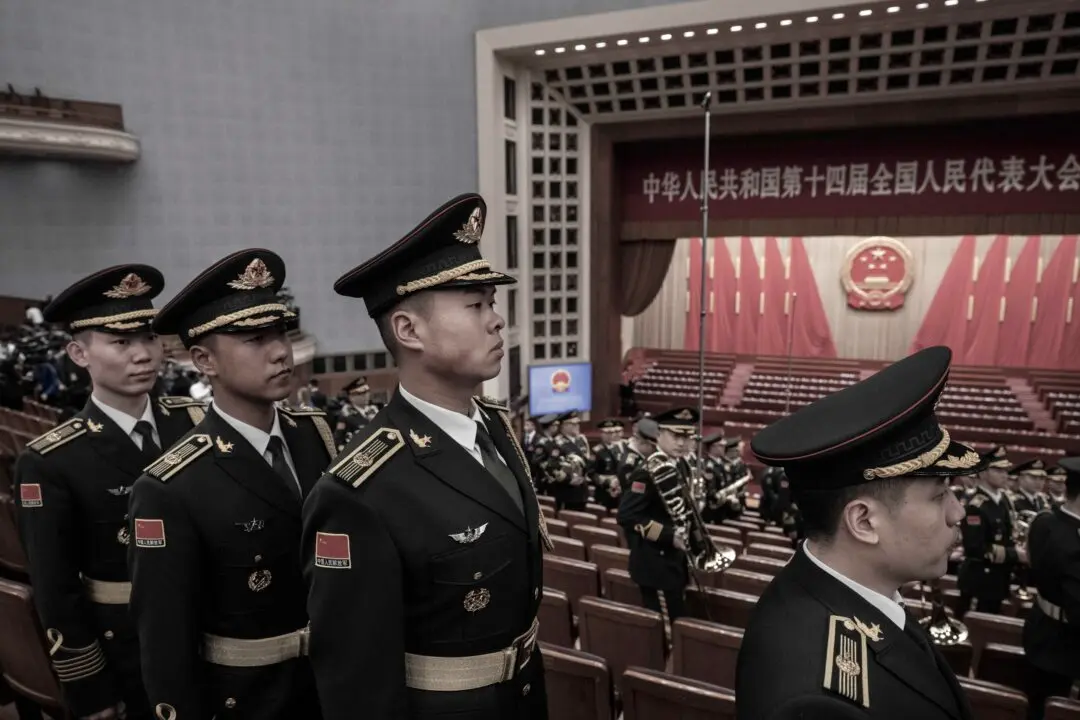News Analysis
China has announced an increase in its defense budget and emphasized unification with Taiwan, dropping the mention “peaceful” from the language.

China has announced an increase in its defense budget and emphasized unification with Taiwan, dropping the mention “peaceful” from the language.